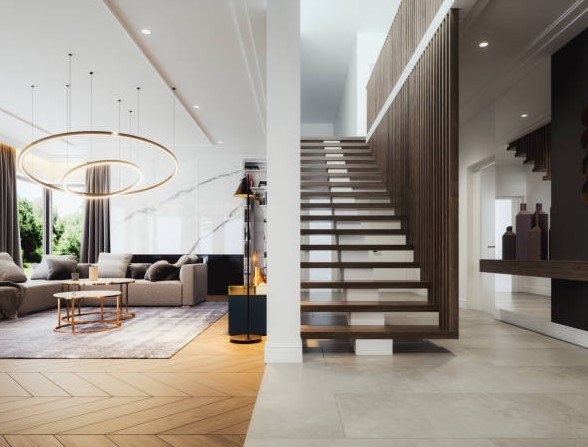Prime Minister Narendra Modi on Monday inaugurated 184 newly built Type-VII multi-storey flats for Members of Parliament at Baba Kharak Singh Marg, Delhi — a move aimed at easing the capital’s long-standing shortage of adequate MP housing while pushing for greener and more space-efficient living.
The event wasn’t just ribbon-cutting. Modi planted a Sindoor sapling, spoke with workers — or sramajeevis — who built the project, and framed the flats as part of a bigger rethink of how India’s political capital uses land.
A Project Years in the Making
It’s no secret that Delhi’s housing for MPs has often lagged behind both need and expectation. Some MPs have been living in decades-old bungalows, others in temporary accommodations.
This new block of flats, tucked along the busy Baba Kharak Singh Marg, is the government’s answer to that mismatch. Officials say the project was designed to replace older, sprawling structures with vertical housing that’s more land-efficient.
The Prime Minister made a point of highlighting the “self-sufficient” nature of the complex.
The flats are not just apartments — they come with official spaces for meetings, modern kitchens, energy-efficient systems, and controlled waste management.
It’s meant to be, in short, housing that works as hard as the people living in it.

From Bungalows to High-Rise: The Shift in MP Living
For decades, Delhi’s political elite lived in standalone bungalows with wide lawns. That’s changing.
Land in central Delhi is expensive and scarce. The government has been gradually replacing single-storey housing with high-rise units.
-
Each Type-VII flat is designed for MPs entitled to higher-grade housing.
-
Flats have integrated workspaces so MPs can meet visitors without heading to Parliament.
-
Energy use is reduced via solar panels and water recycling.
By going vertical, the government frees up more land for other infrastructure, while also cutting the cost per housing unit in the long run.
Workers in the Spotlight
It’s rare for a Prime Minister to linger with construction crews during an inauguration, but Modi did just that.
He chatted with sramajeevis, asked about their hometowns, and posed for group photographs. The Sindoor sapling he planted stands as a symbolic nod to environmental care in the middle of Delhi’s concrete-heavy heart.
The event’s tone was as much about acknowledging labour as it was about bricks and mortar.
Why This Matters Politically
Housing may seem like a logistical issue, but for MPs, where they live shapes how they work.
The flats are strategically located within a short drive to Parliament, cutting down travel time. Proximity also fosters informal meetings — the sort of hallway conversations that can sometimes make or break policy deals.
The timing of the project’s completion, just ahead of the monsoon session, is significant. MPs moving in now will be able to test the facilities under the city’s most challenging weather conditions.
What the Numbers Tell Us
A quick look at the housing scale makes the shift clearer.
| Housing Type (MP Entitlement) | Old Units (Avg. Size) | New Units (Avg. Size) | No. of New Units |
|---|---|---|---|
| Type-VII | 1,600 sq ft bungalow | 1,800 sq ft apartment | 184 |
Officials claim the per-unit utility costs are expected to drop by nearly 20% due to energy-saving measures.
That may sound small, but across 184 units, annual savings could run into crores.
Modern Amenities, Old Neighbourhood
Baba Kharak Singh Marg is no stranger to political addresses, but this development changes the skyline.
The complex features underground parking, biometric entry, fire safety systems, and rainwater harvesting. There’s also a central hall for official gatherings, plus green terraces for informal meetings.
At the same time, planners tried to preserve the street’s older trees and integrate greenery within the compound — a challenge in a dense urban core.
One long-time resident nearby joked that the area now looks “half Parliament, half condo tower.”
The Bigger Urban Picture
Delhi is running out of centrally located land. High-density vertical housing is one solution — but not without critics.
Some say MPs lose the privacy and sprawling space of old bungalows. Others worry about the loss of heritage properties.
Yet urban planners argue the change is inevitable if the city wants to house officials close to their work while keeping costs in check.
Looking Ahead
This project is part of a wider central government effort to modernise housing for its officials.
Similar vertical complexes are on the drawing board for other parts of the capital. If the Type-VII flats prove popular and functional, it could speed up the shift from low-rise to high-rise in official housing stock.
For now, MPs are expected to start moving in over the next few weeks, with full occupancy targeted before the winter session.
And while the apartments themselves may not make headlines every day, the decisions and deals struck inside them just might.
